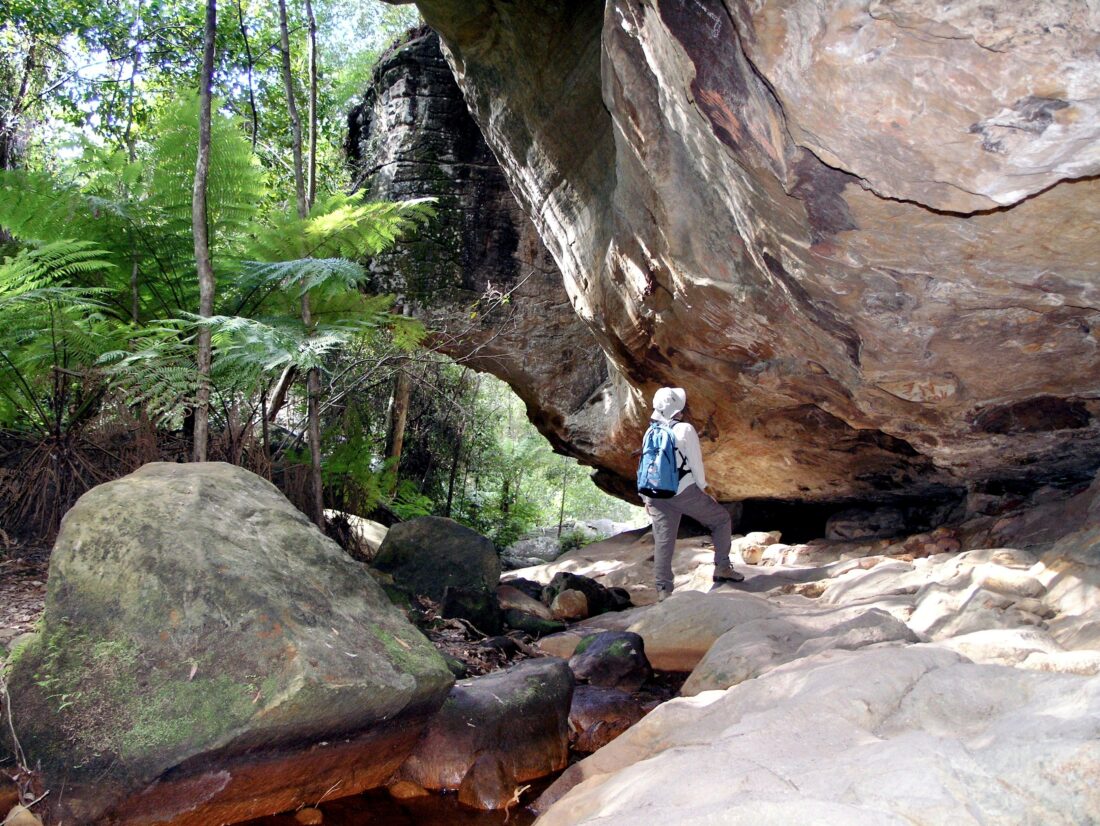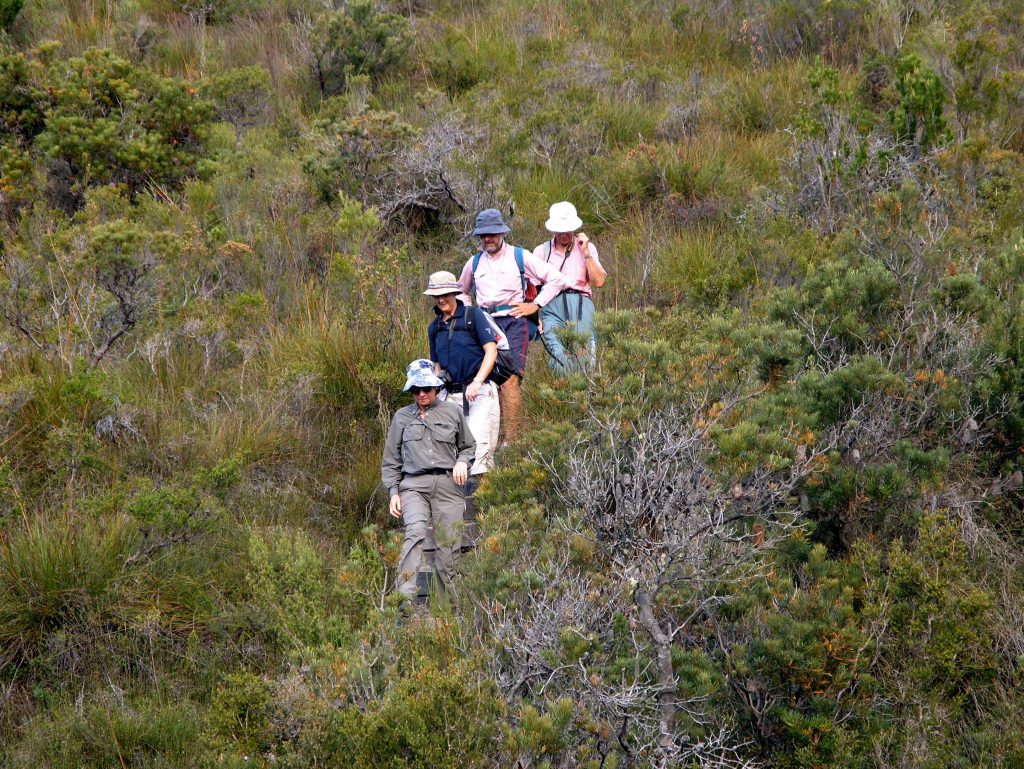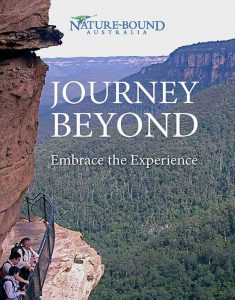
Personal discovery and harmony with the Australian bush is all about awareness of nature's offering
Part One – The Physical (Tips 1-14)
Bush walking is certainly an enriching adventure beyond the over-stated perceptions of discomfort, physical effort, danger, risk and boredom in stepping outside. Time to embrace the Australian bush.
Perhaps you have never seriously embarked on a bush walk, or have found difficulty believing benefit exists in unstructured free time, immersing yourself in nature.
Well there is good news – you are taking the time to read these tips, a positive start.
1. Embrace the lost art of connecting with the moment. Immerse yourself in the aesthetic experience of the Australian bush, rather than a physical bolt through the forest. Slow down.
2. The urban environment is shouting at you incessantly, violating your right to peace and harmony, demanding your attention. Everything in the bush is demanding your attention too, but in a harmonious and synergistic way. Step into the wild and enjoy the difference.
3. Leave your electronic devices and gadgets behind and give yourself to the moment of being a very small entity, just a single species, in a much bigger world. Balance screen time with green time. If you must take a mobile phone for security then turn it off, bury it deep and vow not to be wired to dependence.
4. If you must indulge in technology, let it be binoculars or a digital camera, your macro-passage to the finer detail and complexity of the Australian bush, not seen in a rush. You will be experiencing nature in a completely different light.
5. Comfort and safety can readily be covered by wearing sensible clothing, a sun hat, having ample food and water for the occasion, carried in a small day pack. Wear reliable lace up shoes with a good tread and take a walking pole if unsure of your navigation through stones and tree roots.
6. Let someone know what you are planning, or ensure you go with a friend seeking a similar immersive experience.
7. Medical and physical capacity should be considered but not necessarily be a deterrent or convenient excuse. Seek rational and understanding medical advice. Doctors are now prescribing walking and a connection to nature for health and wellbeing.
8. Plan your walk, preferably in a National Park or natural reserve having formed and sign-posted trails, as free as possible from invasive crowds likely to disturb your immersion and scattering any wildlife.
9. Do some homework on your chosen walk or destination beforehand to be intellectually engaged. In particular, search for any knowledge of the First Peoples or Australians, who are uniquely connected to the country you intend walking through.
10. Don’t see your walk as a “must do” physical rush from point to point for the effort to achieve could quickly override your immersion.
11. Take your time and dawdle if necessary, according to your physical capacity or comfort zone, for going slow also reveals finer insights into nature’s exhibit.

Share your experiences with small groups of like-minded people
12. Consider the company of a like minded friend or very small group. Chances are they will share the amazement, multiple observations and even their knowledge.
13. Determine to walk in the rain for this is part of the natural experience – leaves burdened with raindrops, forest giants shrouded in mist, the distinctive aroma of sodden vegetation, responsive wildlife activity.
14. Watch where you step, go slow and look around. This is not a journey with your gaze glued to the ground. Cast your focus up and down, close by and afar.
For Part Two – The Mind (Tips 15 -26 View here)
0


Leave a Reply
You must be logged in to post a comment.